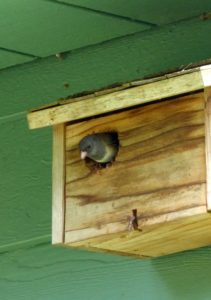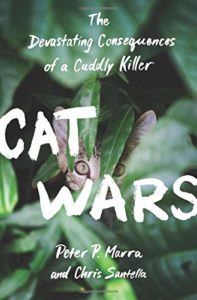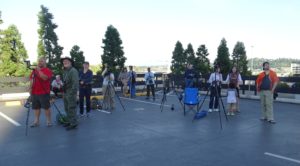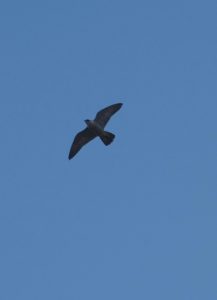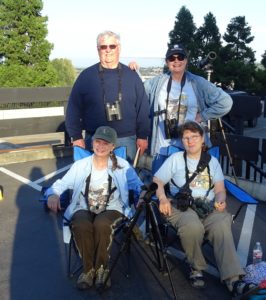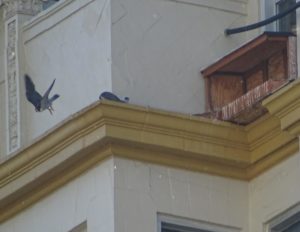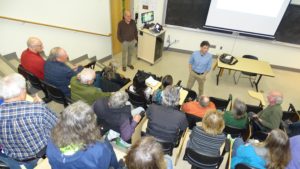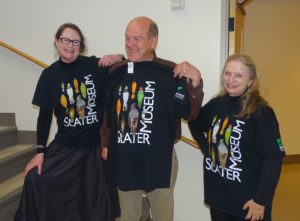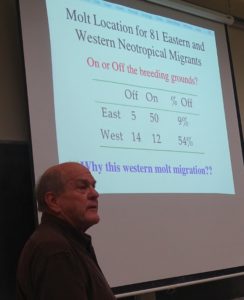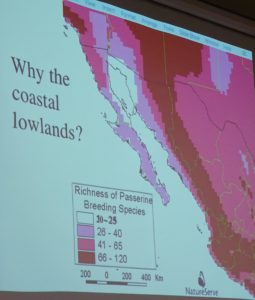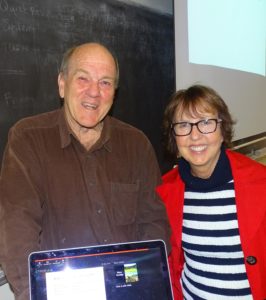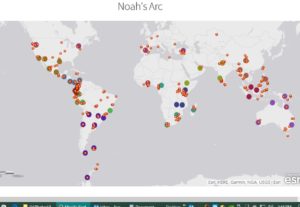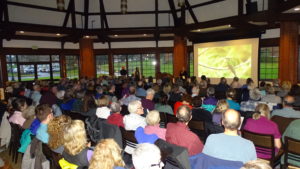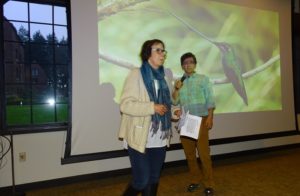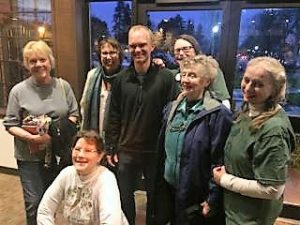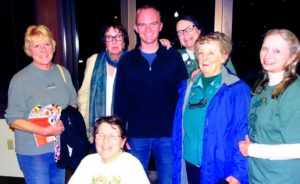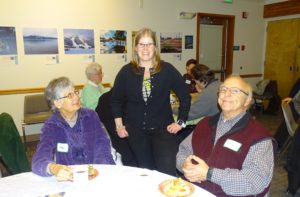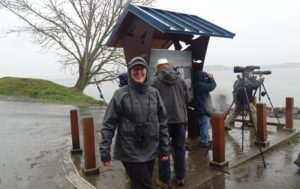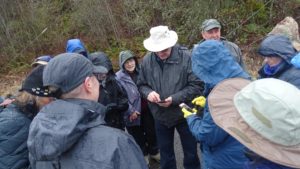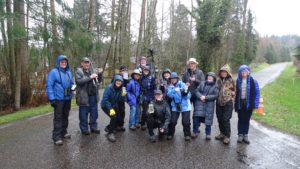
On June 6, 2017, Joe and Maggie Tieger, both biologists, invited us to enjoy their recent adventure — South Georgia Island in October, spring in the Antarctic. What a surprise to find out that this was part of the UK, thanks to the interesting questions asked by the ABC’ers.
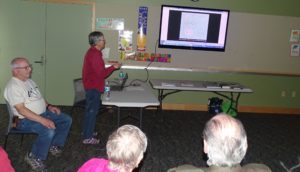
Joe and Maggie Tieger show us the maps
Their group made landfall up and down the east coast of the island via Zodiacs, but on the west coast the terrain was too difficult to land, so they had to be content with having the ship cruise the stunning glaciers and fiords on that side.
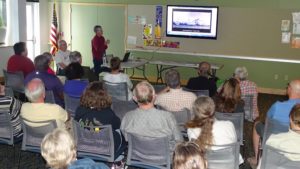
ABC’ers cool down with Joe and Maggie
Lacing their personal adventures on a Cheeseman’s cruise with Shackleton’s history made a very interesting story. Among the birders and photographers on board, there were also trekkers wanting to try their stamina on the harsh terrain, sometimes being picked up at a different spot than where they were dropped off, surviving Shackleton-style for a day. The whole shipload visited Shackleton’s grave, returning to luxury accommodations gratefully.

The Kings ignore our staging area with all of our gear in drysacks
Three species of penguins dominated their birding, King, Gentoo, and Chinstrap, with a single specimen of Macaroni, thought to actually be the most numerous. The penguins in general were doing well and increasing in numbers in spite of many predators including Skuas, Giant Petrels, Orcas, and the fearsome Leopard Seals. King Penguins are the king of this penguin kingdom and the second largest Penguin in the world, but it was hard to think of them like royalty once we saw the photos of Kings in molt! It’s amazing they survive since it takes forever and they lose 50% of their weight because they are prevented from going to sea to eat.
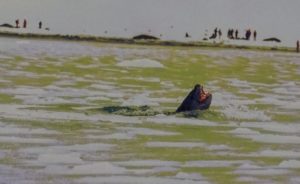
Fearsome Leopard Seal looking for fresh Penguin
Other wildlife included the previously endangered Fur Seals and the incredibly huge Elephant Seals. Another new word for me: Weaners! Young Elephant Seals being weaned by their mothers, often against their will, who will cuddle up to anything warm-blooded hoping for some comfort and feeding.
Although the Tiegers didn’t see whales, they’re there. Whaling was only shut down in this area in 1965.
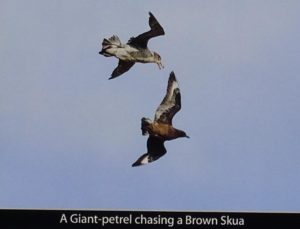
More than just Penguins for the birders.
There are a number of different Albatrosses nesting on the island, but unlike the penguins, their numbers are gradually decreasing. Snowy Sheathbills and Antarctic Terns added to the interesting bird list, as well as the South Georgia Pipit, the ONLY passerine, brought back from the brink of extinction by solving the rat and reindeer problems.
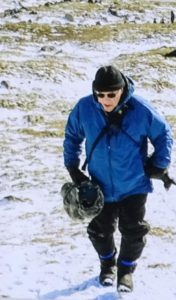
Joe Tieger, looking for Albatross
All the wildlife was tame as far as humans were concerned, which made it a photographer’s paradise. Luckily Joe and Maggie are among the best when it comes to bird photography!
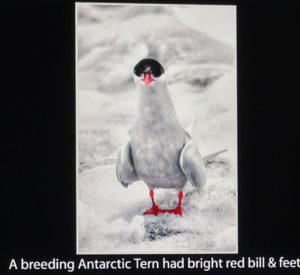
Everything “cute” is not a penguin
I was so surprised they actually came upon the edge of Gondwana, part of the almost mythical first big land mass on earth!
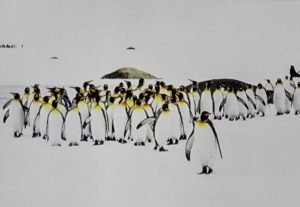
King Penguins with their gold jewelry glowing
When they packed up and boarded ship for the last time, they still weren’t finished, with the odd bird landing on the boat, as well as pretty good pelagic birding, considering they didn’t chum. Maggie was delighted to see up close and on board the usually very elusive South Georgia Diving-Petrel, a very tiny seemingly delicate seabird.
Joe and Maggie logged 2410 nautical miles! And yes, they have more adventures ahead!
All South Georgia Island photos are by Joe and/or Maggie Tieger.

